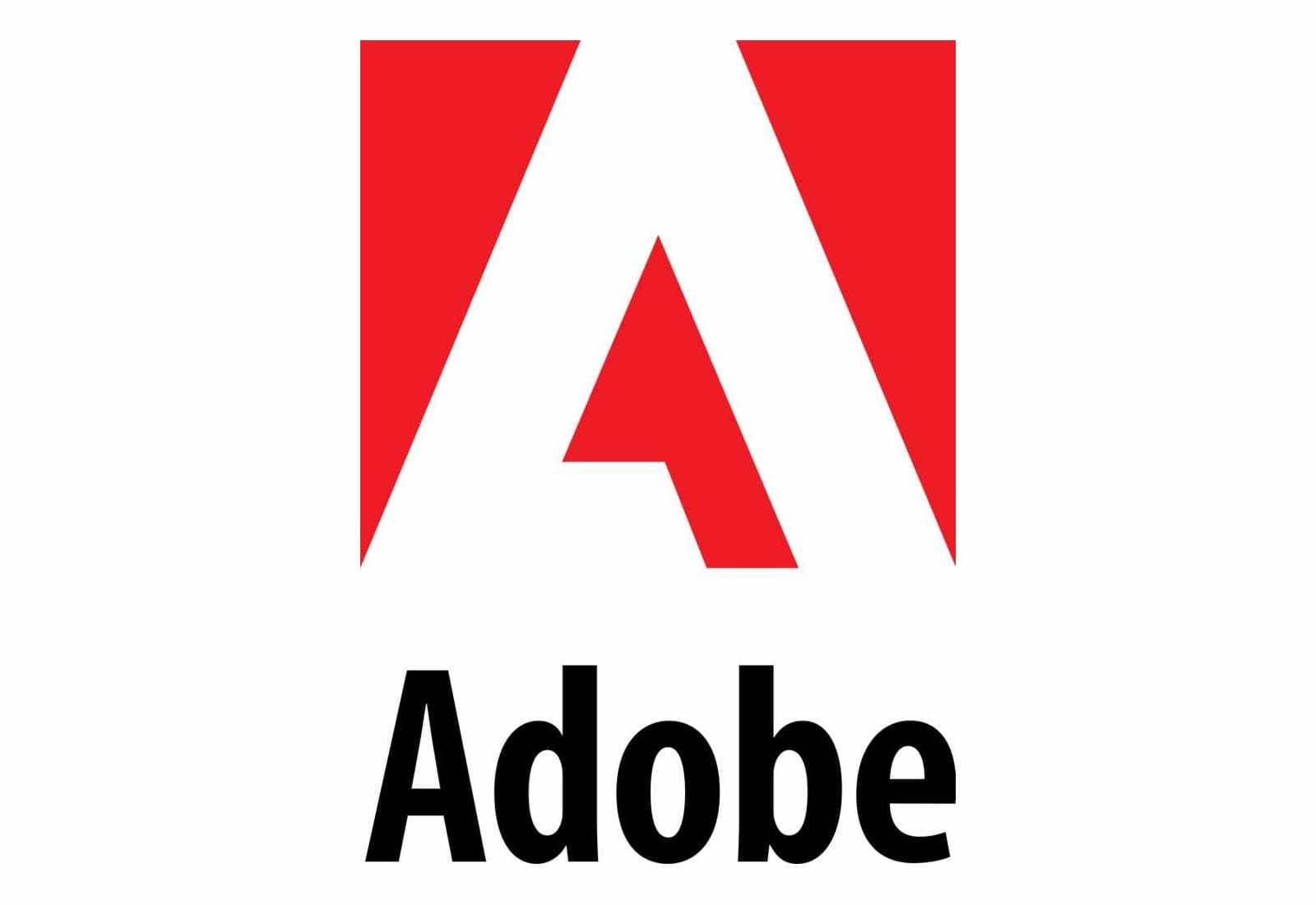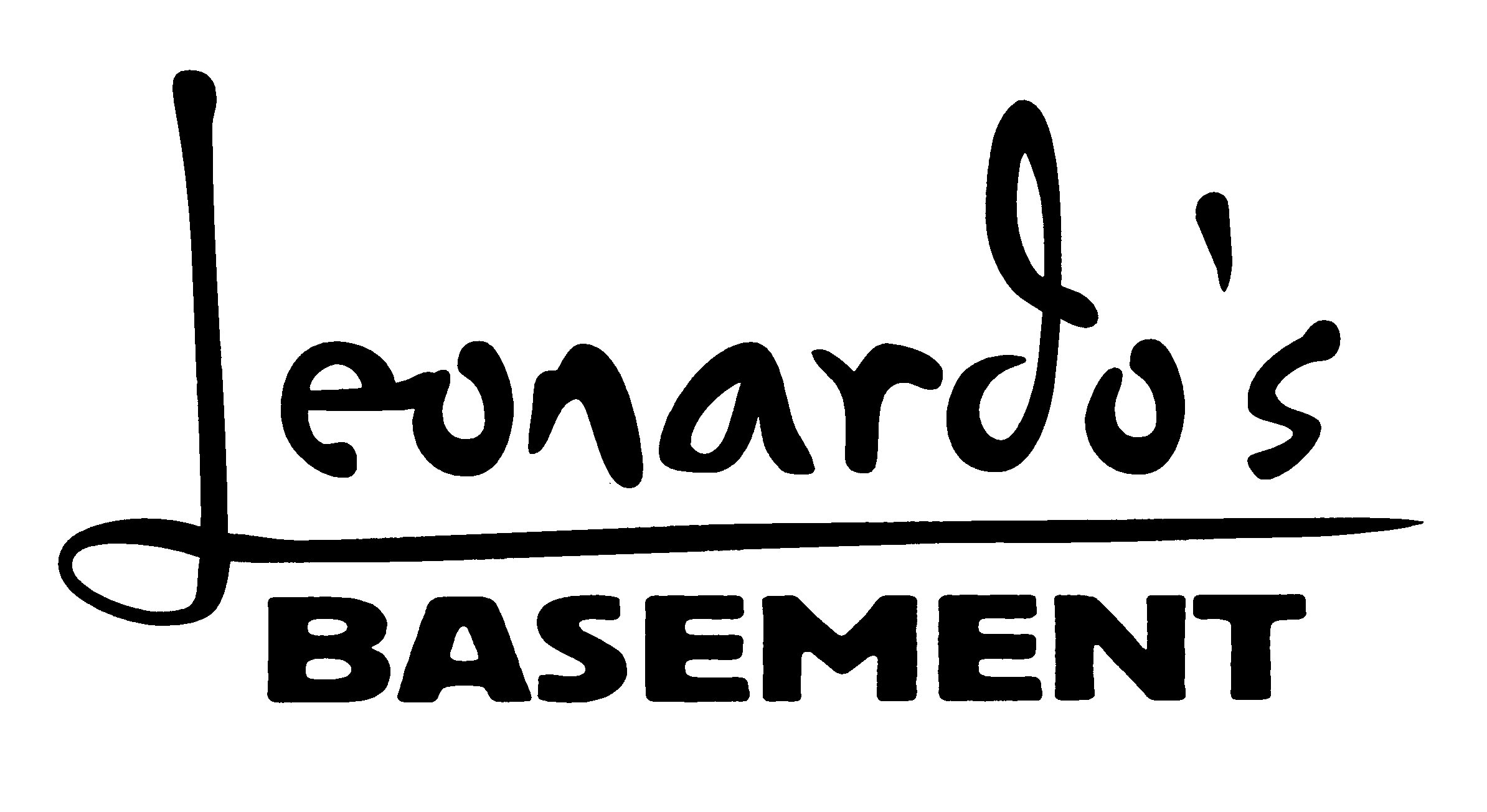
Case Study 2:
“Talk To The Duck” Fidget Device
Located in Downtown Minneapolis in the historic Grain Exchange Building, Prime Digital Academy Minneapolis is currently a 23 person staffed non-profit organization founded in 2014 that has helped hundreds of students launch their rewarding tech careers with the help of our Full Stack Engineering and User Experience Design programs.
Client
Prime Digital Academy’s Current 2023 Situation:
Prime has been providing a water bottle to its full-stack development students as a welcome gift when they arrive on campus. Unfortunately, this water bottle is no longer being manufactured; in addition, staff have heard that some students have found it rather unusable and impersonal.
Project Overview
Prime hired UX Designer and Researcher Matt Berdahl to approach this problem. Prime stakeholders have asked him to research what’s wrong with the current gift and propose a meaningful welcome-gift substitute for their full-stack cohorts. To do this, he will, observe the full-stack student culture, evaluate the existing water bottle, prototype a replacement concept, and test that prototype with users.

Story of Approach
To appreciate wonderful data like 3 out of 3 users found the “Talk To The Duck“ Fidget Device to be a “very useable” and “ very meaningful” product, we need to go to the very beginning of this complete design cycle. The very beginning starts with…
Once upon a time, in the short period of 1 week, I had the opportunity to work on a client project with Prime Digital Academy UX's Design program. I was brought on to discover and highlight the needs of the students that are currently enrolled in the programs 2022-2023 Full Stack Software Engineering cohorts. To get the ball rolling on this situation, I wanted to start studying the history of the program and doing a Heuristic Analysis of the current welcome gift. After educating myself on the backstory of the Prime water bottle, it made the most sense to start collecting user research by AEIOU Observation of the students in their “natural” program environment. While observing them I was able to discover the needs and values of the students. This data collecting led me to create a research informed Design Concept. Next, the Design Concept went through an approval process with the Prime UX Program staff and students which concluded with a successful vote to advance it to development & product testing. With this concept positively voted on, product prototyping and development began which led to a fully functional Low-Fidelity Prototype. The prototype went through a Prototype Evaluation utilizing student participants with the Think-Aloud Protocol, Semantical Differential and Interview Methods.
The eventual culmination of the project had results being synthesized and presented in a well received Client Pitch Presentation for Prime Digital Academy Stakeholders. After the persuasive speech, they all lived happily ever after!
UX Designer & Researcher
mattberdahlux@gmail.com
www.mattberdahl.com
(612) 367-6499
As the sole designer & researcher for this project, professional goals were:
Evaluate the usability of an existing design using a set of pre-defined success criteria
Conduct research in order to understand pain points and opportunity areas.
Prototype solutions based on research findings.
Adjust design decisions based on project constraints.
Propose relevant methods for evaluating designs/prototypes.
Evaluate prototypes with end users in order to support design recommendations.
Synthesize research findings to identify meaningful insights.
Visually present design recommendations that support key goals to stake holders..
Follow up goal, to present a professional portfolio showcasing my UX process and resulting work.
My Role
Design Toolkit
Notion - Tracking Projects & Sharing Documents.
Figma - Wireframing & Prototyping Web Layout.
Adobe Creative Cloud - Logo Generation,
Creating PDF’s.
Apple MacBook Pro - Case Study Computer.
Leonardo’s Basement - Prototype Development
Google Suite - Scheduling & Meeting
Coordination, Internet Data Searching, File
Collection, Text and Script origination,
Emailing & Participant Communication.
Research Methods
Heuristic Analysis
With Nielsen’s 10 Usability Heuristics for User Interface Design, a heuristic evaluation is an informal usability inspection method that asks evaluators to assess an interface against a set of agreed-upon best practices, or usability “rules of thumb.”
Unlike usability tests that require participation of actual users, heuristic evaluations enlist members of the team— from the novice computer programmer to the expert usability professional—to inspect an interface and detect the baseline usability problems that should be fixed before user testing begins.
AEIOU Observation
AEIOU is an easy mnemonic for guiding and coding observations. As an organizational framework, even when observations are only casually or semi structured, it pays to have an organizational framework in mind, such that the researcher attends to key details.
The elements of the framework are not independent, but are interrelated parts with critical interactions between each part. The AEIOU framework can be applied in any ethnographic or observational method.
Overall Takeaways From Methods Used:
Each method produced essential information leading to the potential success of this welcome gift becoming a reality.
The collection of quantitative data was very pleasing to discuss when presenting to Prime stakeholders during the client Pitch Presentations.
During the Prototype Evaluation, Participants were asked for 15 min of their time and the ability to record the conversation which helped with my ability to document their findings and revisit them later for reporting.
Think-Aloud Protocol
With the Think-Aloud Protocol, the goal was to collect data by asking subjects to talk aloud while completing tasks, and having them explaining what they are thinking out loud while performing the assignments at hand.
While moderation began with a set agenda and script, the specific Think-Aloud process varied from participant to participant with potentially different statements or questions to re-engage them to tasks.
Interview Method
The Interview was a fundamental research method for direct contact with participants, to collect firsthand personal accounts of experience, opinions, attitudes, and perceptions.
The Interview was structured and followed a script of questions conducted in person so that nuances of personal expression and body language could be recognized in conversation.
Semantical Differential
Semantic differentials helped reveal “felt” meanings that are a direct product of participants experiences, culture, and dearly held beliefs.
The semantic differential scale is a linguistic tool designed to measure people’s attitudes toward a topic, event, object, or activity, so that its deeper connotative meaning can be ascertained.
The participant was asked to indicate where on a continuum a concept was best described.

Step 1: Heuristic Analysis
With the help from a partner, we identified the main tasks that you should be able to accomplish with the water bottle
Then we performed these tasks and recorded our findings.
Specifically, one person performed activities deliberately and slowly talking out loud about what they are doing, experiencing, and thinking.
As one person thought aloud, the other person recorded the things that didn’t work as expected, things that did work as expected, as well as anything that could impact the user based on their unique context.
Then we performed these tasks and recorded our findings.
All of the findings were collected and shared using Notion.
The Nielsen Usability Severity Rating Scale was used.
Confirmation was established that Prime Digital Academy was correct. The original welcome gift of the water bottle was both impersonal and unusable in the prime environment.
It was a very disappointed gift even to simply test out. The structure of the bottle would not keep its shape once a little amount of water was out of the bottle in such a way that I would worry for laptops and tech devices near this product.
Interesting Findings From The Evaluation:
Step 2: AEIOU Research
Participatory observations were conducted of full-stack development students at Prime Digital Academy.
An AEIOU Observation outline was used to record thoughts, findings, and hypotheses about what might make a suitable substitute for the existing welcome gift.
This outline quickly defined each category:
Activities: What are people trying to accomplish? What are their specific actions and processes?
Environments: What is the atmosphere like? What types of spaces(individual/ shared)?
Interactions: What is the nature of the interactions between people and objects?
Objects: What objects and devices do people have in this environment? How do these relate to their activities?
Users: Who is present? What are their roles and relationships?
The details captured here directly informed my following design decisions.
Mental health and wellbeing is a major priority for not only the staff, but also all of the students in the Prime Digital Academy Full stack program.
Students were observed seeking mental breaks away from their computer, cellphones, and other tech devices.
Students were looking for moments of fun.
Students demonstrated nail biting, knuckle cracking, pen chewing, and other stress and anxiety based harmful habits.
Students asked repeatedly can I run something by you?
Key Insights From Observations:
Step 3: Concept Design
Using the findings from my AEIOU observational research I created a set of three design concepts for my client.
Each design concept included:
A phrase or statement that succinctly defined the concept and includes a sense of the user/design goals.
Visuals (e.g., photography, illustrations, color swatches, or typography) that evoked the emotional mood/intention of the concept.
Hand-sketches focused on the key components of the concept’s differentiating form/function.
Consideration existed for how my concept uniquely connected to the users or context for which I was designing.
Focus was put more on directionality and intent.
After the 3 design concepts were finalized, peers voted on the design they wanted to see progress.
The “Talk To The Duck Fidget Device” is a gift that addresses the desire to have a meaningful and usable product - combined with the observations of unmet needs of students seeking :
A mental break of “something to do with their hands”
Audible problem solving.
Takeaways From Design Research:
We know Self-talk is a healthy way to build motivation, calm nerves or analyze a tricky situation. “It’s a useful way to check in with yourself and organize thoughts and feelings,” says health psychologist Grace Tworek, PsyD… also “A fidget device… gives people a place to park their mental worries,” says Sue Varma, M.D
Step 4: Interactive Prototype
A fully functional low-fidelity prototype was created at Leonardo’s Basement (Local Small Business in Minneapolis, MN) to highlight product abilities when showing the stakeholders in the final Client Pitch Presenation.
Continual reference was made to my users main goals and values when the Talk To The Duck Fidget Device went to production.
The AEIOU observational notes and concept design of this low-fidelity prototype helped ensure good usability and meaningfulness for users.
It was a joy to see this light-hearted product come to life. While it was being constructed employees at the production company as well as other UX practitioners found themselves pausing constructing their own projects wanting to explore this products functions with a smile on their faces. It was enjoyable to watch and hear all the various personalized reasons why UX’ers thought participants would benefit from the product. Click Here To Learn More About Leonardo’s Basement
Reflection From Development:

Step 5: Prototype Evaluations
A research protocol was created for evaluating my conceptual prototype with my users. I referred to my copy of Universal Methods of Design written by Bella Martin and Bruce Hanington for helpful advice and methods that were appropriate at this stage. I specifically checked out methods coded as “Phase 2” or “Phase 3”.
Phase 2 references Exploration, Synthesis, and Design Implications. It can be characterized by immersive research and design ethnography, leading to implications for design.
Phase 3 is Concept Generation and early prototype Iteration, involving participatory and generative design activities.
Then I wrote my evaluation plan in such a way that someone could pick it up and conduct the research session without much preparation.
This research protocol document included:
My research goal and what I wanted to learn during the evaluation.
Intended duration for the session.
Materials that I needed to bring to the session.
A brief description of my concept’s intent/ key value it provides.
A verbatim script for conducting the session.
In-line space for taking notes during the session.
Before the actual evaluations with participants, I had a trusted mentor give feedback that I was able to process into the 1 on 1’s with student testers.
“Wow! Holy Crap! I definitely wanna touch it. I definitely wanna poke around and start flipping switches and hitting knobs. I think it looks awesome! “
- Prototype Evaluation Participant“As someone that loves to fidget, I could see myself having this on my desk someday, just to play with.“
- Prototype Evaluation Participant“I didn’t know what rubber ducking was upon entry. So it’s like a teaching moment. It’s a super important teachable moment early on too. Rubber ducking you should just be aware of it. It’s kinda one of the only teaching lessons that has an associated gift you could do with it. It seems like a perfect match!“
- Prototype Evaluation Participant
Key Insights From Particpants:
Step 6: Client Presentation
At the Client Pitch Presentation I told a persuasive story that supported my design proposal for a new welcome gift for Prime full-stack engineering students.
I composed and structured my persuasive story including my design concept, images of my prototype, supporting research, remarkable quotes, video testimonials, and more.
I created an in-person presentation slideshow to be projected for those attending as well as a pdf multi-page report to be digitally shared with stakeholders attending virtually.
“Love the inclusion of user videos to support your story and points.“
“Good inclusion of quantitative data.”
“Very persuasive!”
Response To Presentation By Stakeholders:
”I can really see how much the participants valued the gift.”
“Very well spoken. I would trust anything you say!”
“Great cohesive/ consistent slide style.”
I am still invested in the long-term goals and needs of this project. It would be wonderful to take the Low-Fidelity Prototype Evaluation feedback and evolve the fidget device to a Higher-Fidelity prototype and do a second round of evaluations with more Full Stack students.
Feedback For High-Fidelity Prototype:
Add a lighting element to the dial pad on the front of the duck.
Add a complete deadbolt mechanism to the side of the duck for an open and close feeling and sound.
Finalize outward appearance of duck product.
Explore giving product phone call abilities.
Next Steps
Personal Future
New skills learned:
From a tools standpoint, using the specific UX Interview Method and Semantical Differential Method.
From a personal growth standpoint, presenting a Client Pitch Presentation in a UX environment.
Biggest surprise of something learned:
A fidget device duck could genuinely be a huge benefit to Full Stack students, Software Engineers, and more people. So much happiness was experienced by participants when engaging the Low-Fidelity Prototype during Think-Aloud protocol’s first glance moments.
Conclusion
Upon completing the Client Pitch Presentation with the stakeholders and creating this case study, we agreed that the product was a successful option to explore for future cohorts welcome gift. The effect that the fidget device brought in a first glance smile to all users help guarantee it to be not only a celebrated welcome gift during the program, but a cherished Prime souvenir to hang on to for many years to come. Thank you to all of the Prime stakeholders who have taken this opportunity to explore and continue to revisit the needs of its students.
“Me personally, I feel like I need a product like this to keep my head up and out of stressful situations and clear my mind a bit by doing something so simple all in one place.”
- Prototype Evaluation Participant


























